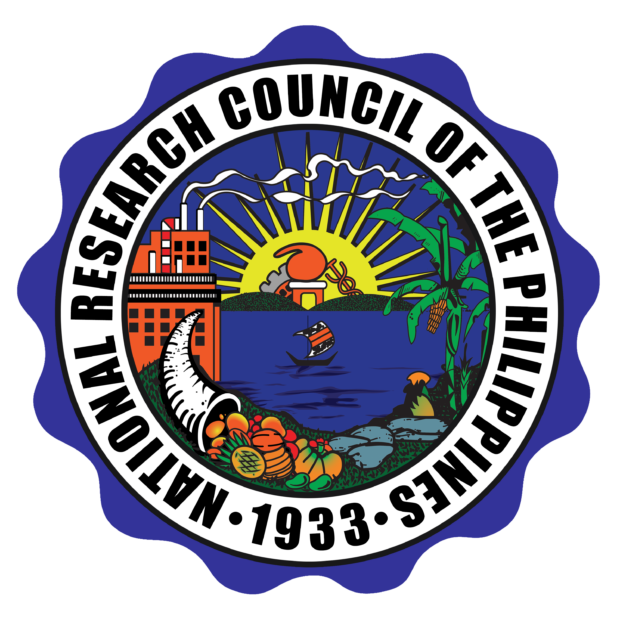
MANILA, Philippines — A scientist from the National Research Council of the Philippines (NRCP) has discovered that fecal matter from bats, or bat guano, can be used to create antibiotics.
According to NRCP member Marian de Leon, bat guano contains the bacteria Streptomyces spp. which is a source of antibiotics.
The NRCP said that two new species of the bacteria were found from the bat guano in Cabalyorisa cave, Pangasinan.
READ: Bats part of success (not horror) story at reforested Bicol site
“There are two new species of streptomyces spp. identified from bat guano in Cabalyorisa Cave that were not yet seen from any other sources, thus, they are considered novel species. Many antibiotics nowadays are produced by streptomyces, and have practical applications in human and veterinary medicine,” the NRCP said.
New antibiotics
De Leon said in the NRCP’s release that the findings are relevant to create new antibiotics that can fight diseases and thus be valuable additions in pharmaceutics.
READ: Relief for trafficked wildlife
“The emergence and re-emergence of infectious diseases require an available pool of potential antimicrobials in anticipation of public health emergencies brought by these biological agents. Based on findings, bat guano, cave walls and rock formations and even bat rinsing are potential sources of microorganisms that produce antibiotics,” de Leon said.
The findings are part of de Leon’s study named “Exploring Bat Guano from a Philippine Cave as Potential and Sustainable Source of Antibiotic-Producing Streptomyces Spp. Against Pathogenic Bacteria.”